Spring Sensory Bins
As the days get longer and warmer, it’s a perfect time to explore the wonders of spring with your preschooler.
One great way to do this is by creating spring sensory bins filled with fun activities that will engage all their senses.
From planting seeds to searching for hidden objects, these spring ideas for preschool are sure to provide hours of entertainment and exploration as they observe, feel, smell and taste their way through the season.
We’ll even talk about how to create your own collection of spring sensory bins that will keep your little ones engaged while teaching them about nature in a playful way.
So come join us on our journey as we discover the wonders of spring!
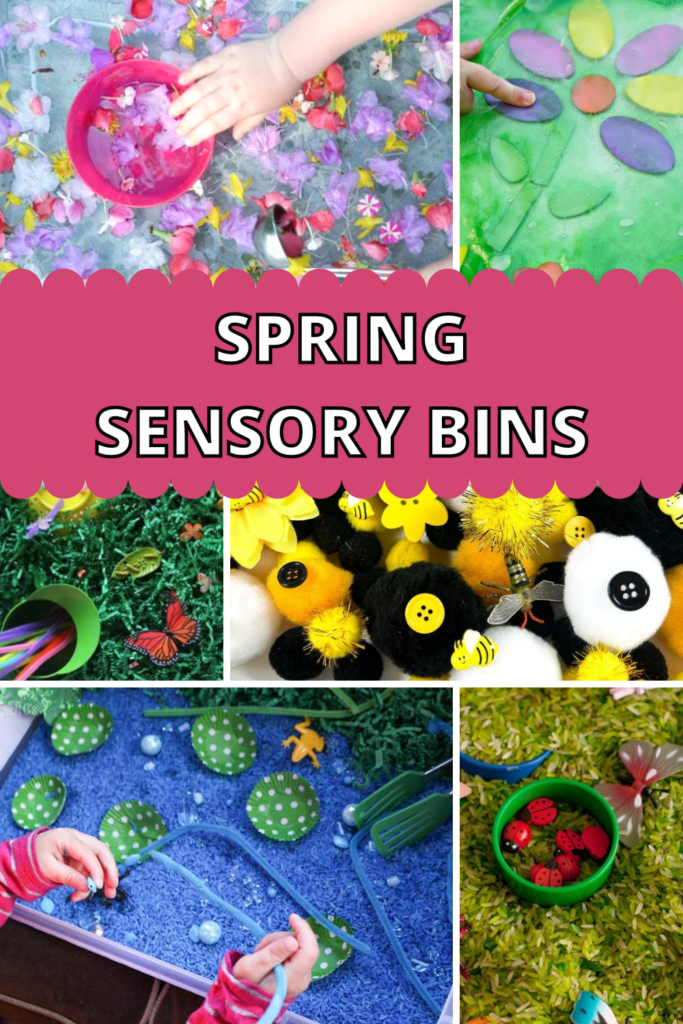
Introducing spring sensory bins – the perfect way to explore and discover the wonders of spring with your preschooler!
With hands-on activities designed to engage all their senses, sensory bins teach preschoolers about nature in a playful way.
Why Are Sensory Bins Important?
Sensory bins are a valuable and beneficial tool in any preschool classroom. Some of the benefits of sensory play include helping children develop cognitive, social, emotional, and physical skills.
Sensory bins provide children with opportunities to explore different textures, shapes, colors, and sizes through hands-on, sensory play.
This type of play helps to stimulate their senses, and this process leads to positive experiences in their learning process.
Sensory bins can help children improve their fine motor skills such as grasping, pinching, and poking, and can also promote cognitive development such as problem-solving, decision-making, and cause-and-effect reasoning.
Additionally, sensory bins can be helpful in developing social skills because they can be a collaborative and shared activity that promotes communication, sharing, and respect for others.
Overall, sensory bins are an excellent tool that supports all aspects of a child’s development in a fun and engaging way.
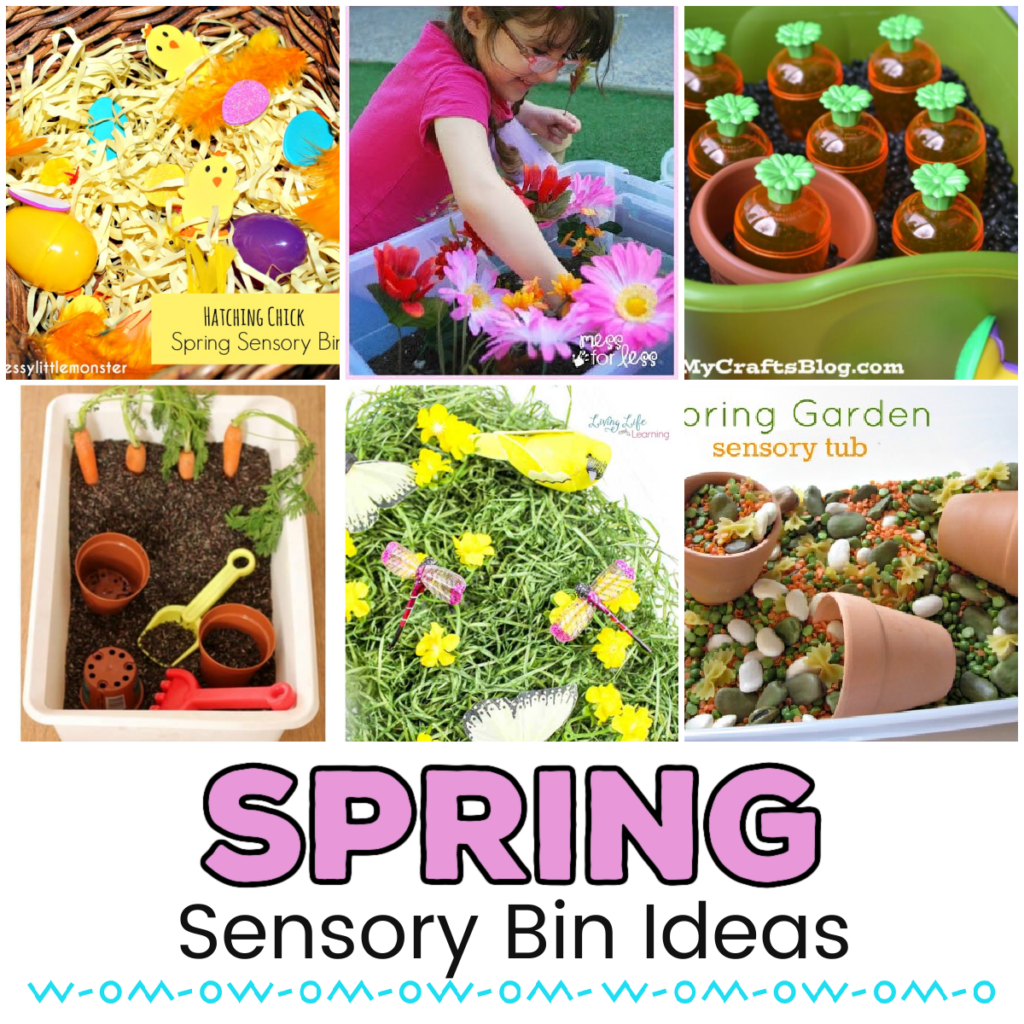
How to Make Sensory Bins
Here are some tips for creating safe and successful sensory bin experiences for preschoolers:
Choose an appropriate container
- Select a container that is large enough for the materials and accessible for the kids.
- Avoid containers with sharp edges or corners and opt for something with a smooth surface.
- Make sure that the container has a lid and can close securely when not in use.
Pick safe and age-appropriate materials
- Choose materials that do not pose a choking hazard like beads or small toys.
- Avoid materials that can cause allergic reactions or skin irritation.
- Select materials that can be easily cleaned and are safe for children’s hands.
Create a hands-on learning experience
- Include materials that stimulate the senses and promote learning for children.
- Provide a variety of textures, colors, and shapes for children to explore.
- Incorporate math, science, and literacy concepts into activity.
Set clear rules and boundaries
- Teach children the rules and the appropriate ways to use the sensory bin materials.
- Set boundaries such as keeping the materials inside the bin and washing hands before and after use.
Supervise the activity and maintain cleanliness
- Always supervise young children during sensory bin activity.
- Clean the materials and container after use to prevent the growth of bacteria and fungus.
- Regularly rotate the materials to keep the activity fresh and engaging for the children.
By following these tips, you can create a safe and enjoyable sensory bin experience for preschoolers that promote learning and development.
Spring Sensory Bins
Spring sensory bins can provide a fun and engaging hands-on learning experience for preschoolers.
These sensory bins are perfect for exploring nature, learning about the changes in the weather, and celebrating springtime.
Here are some ideas for what you could include in a spring sensory bin:
Create your own patch of strawberries and practice math skills such as number recognition, counting, and more with this strawberry math sensory bin.
This bee sensory play activity is easy to assemble, and you can easily adjust it with materials you already have.
Help your kids practice fine motor skills while making something beautiful with this butterfly dot art activity.
Your kids will love these sensory squish bags for a mess-free spring sensory activity your kids will love.
Water is the base for this easy sensory bin with floating flowers for a fun spring sensory experience.
If your kids love bugs and insects, they’ll love exploring all kinds of spring bugs in this spring sensory bin.
Learn about frogs and their habitat in this fun frog and bond sensory bin idea.
Butterfly Sensory Bin with Scavenger Hunt and Life Cycle Activities {Free Printables}
This butterfly sensory bin can teach your little ones about the butterfly life cycle and allow them to explore it fun and sensory way.
This versatile sensory bin idea uses flowers and water to make a fun, hands-on soup bin that will engage all of their senses.
Not only does this look like a spring garden, but it feels like one too! They’re big enough pieces not to be a choking hazard but give your kids a fun garden sensory experience.
Encourage sensory play with this fun spring-themed floral sensory bin idea.
Practice counting, pretend play, and explore textures in this adorable hatching chick spring sensory bin idea.
Let your kid dig and explore in this fun garden-themed sensory bin idea where they can actually dig in the dirt!
This carrot patch-themed sensory bin is easy to set up and perfect for messy play!
Explore all things spring with this beautiful and easy-to-put-together spring sensory bin idea.
Make your own carrot garden for your kids to explore gardening as part of an Easter or Spring unit study.
This spring robin sensory bin will excite your kids for spring with a quick and easy bin to set up with minimal prep required.
Learn all about ladybugs and their life cycles with this fun sensory spring bin idea.
The pasta shapes in this sensory bin make for a fun, creepy crawly insect-themed sensory bin idea.
Explore flowers and butterflies in this fun, interactive, hands-on spring sensory bin idea.
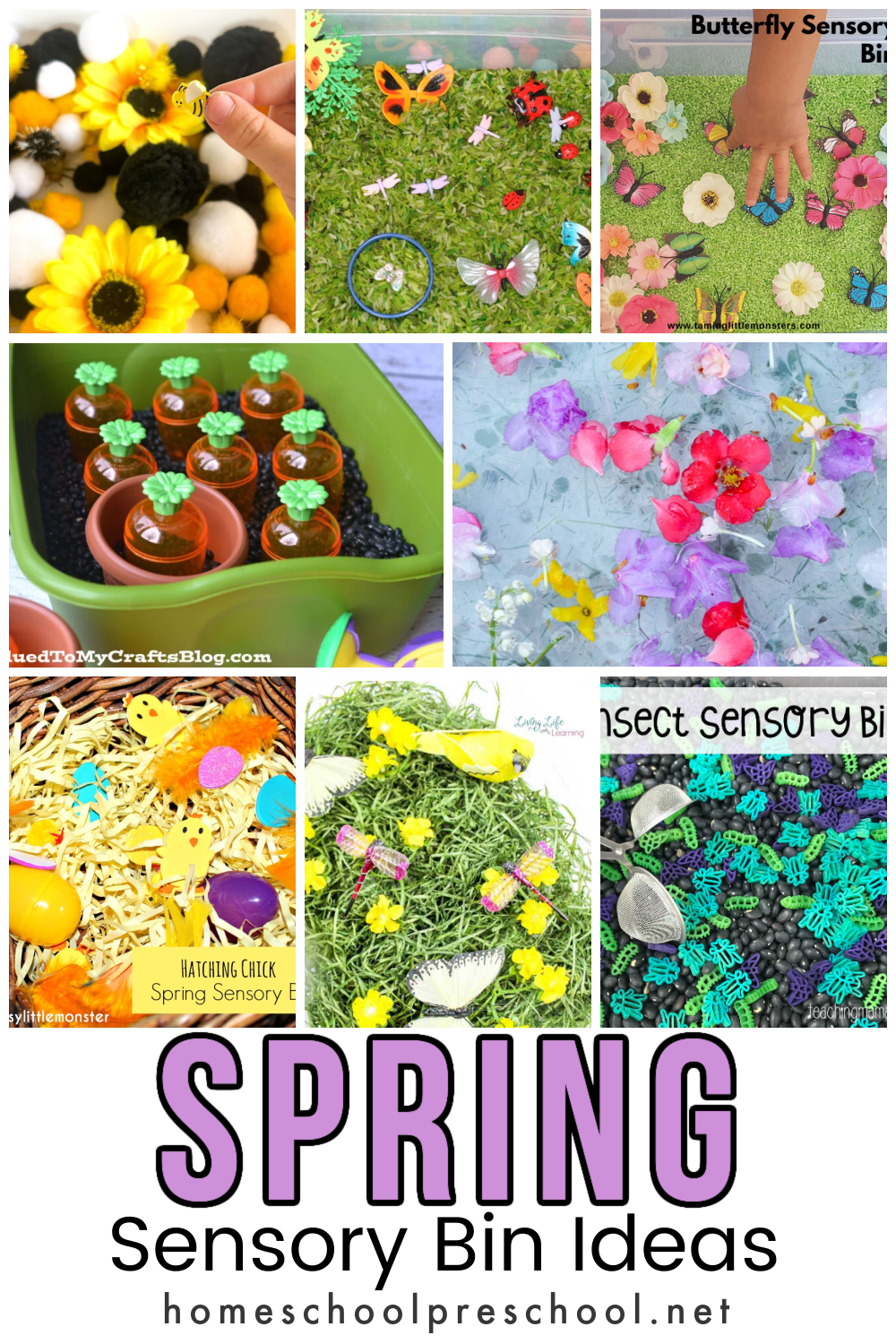
Creating spring sensory bins is a great way to engage preschoolers in hands-on learning that promotes cognitive, social, emotional and physical development.
Incorporating materials such as soil, seeds, flowers and other items found in nature can help children explore their senses while also providing an opportunity for problem-solving and cause-and-effect reasoning.
With the right container and safe age appropriate materials you can create your own collection of spring sensory bins with ease!
So let’s get creative this season by bringing out our inner child through these fun and engaging activities!

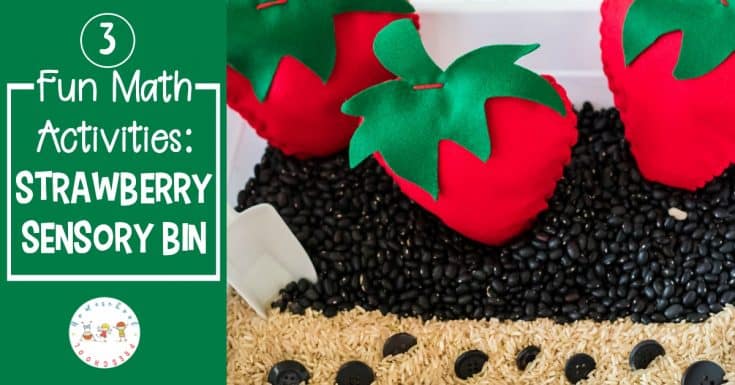
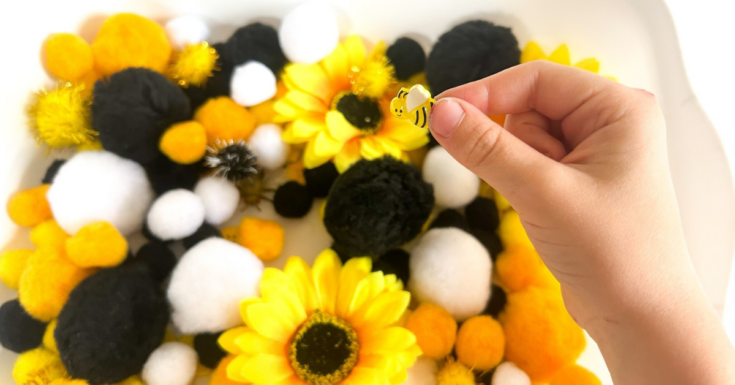
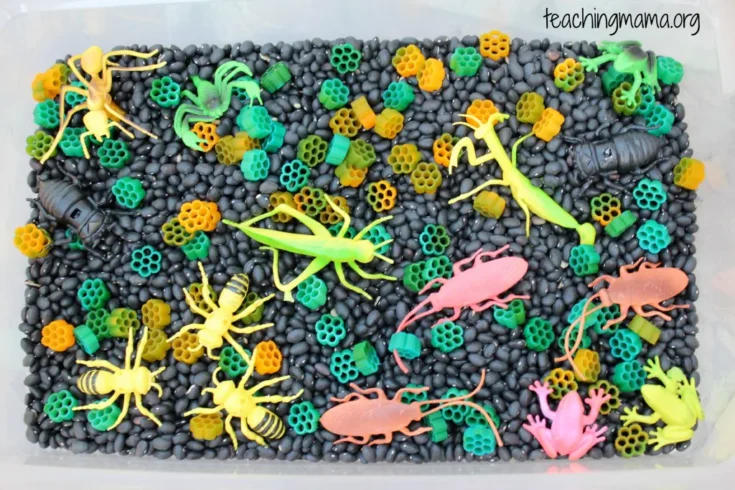
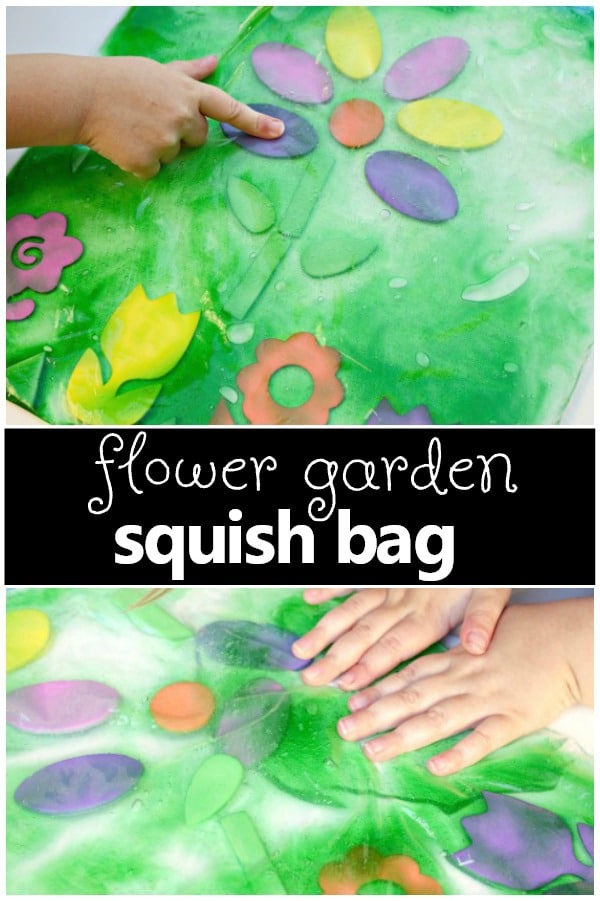
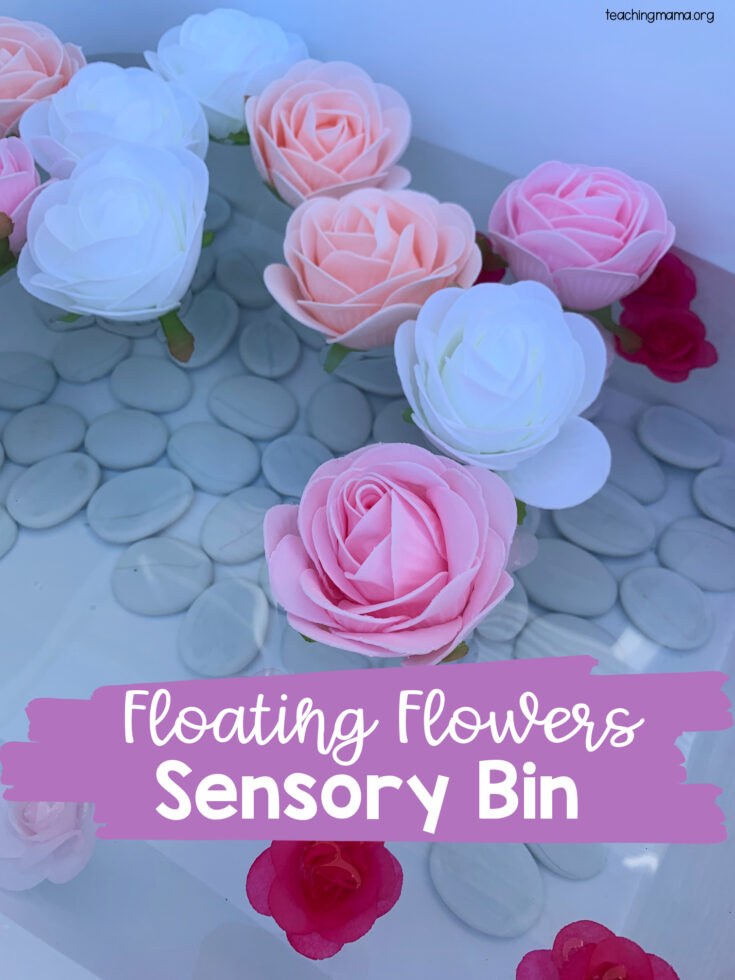
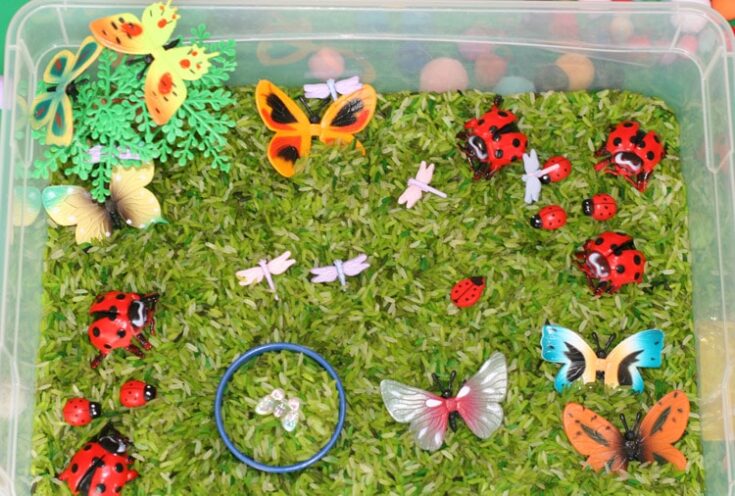
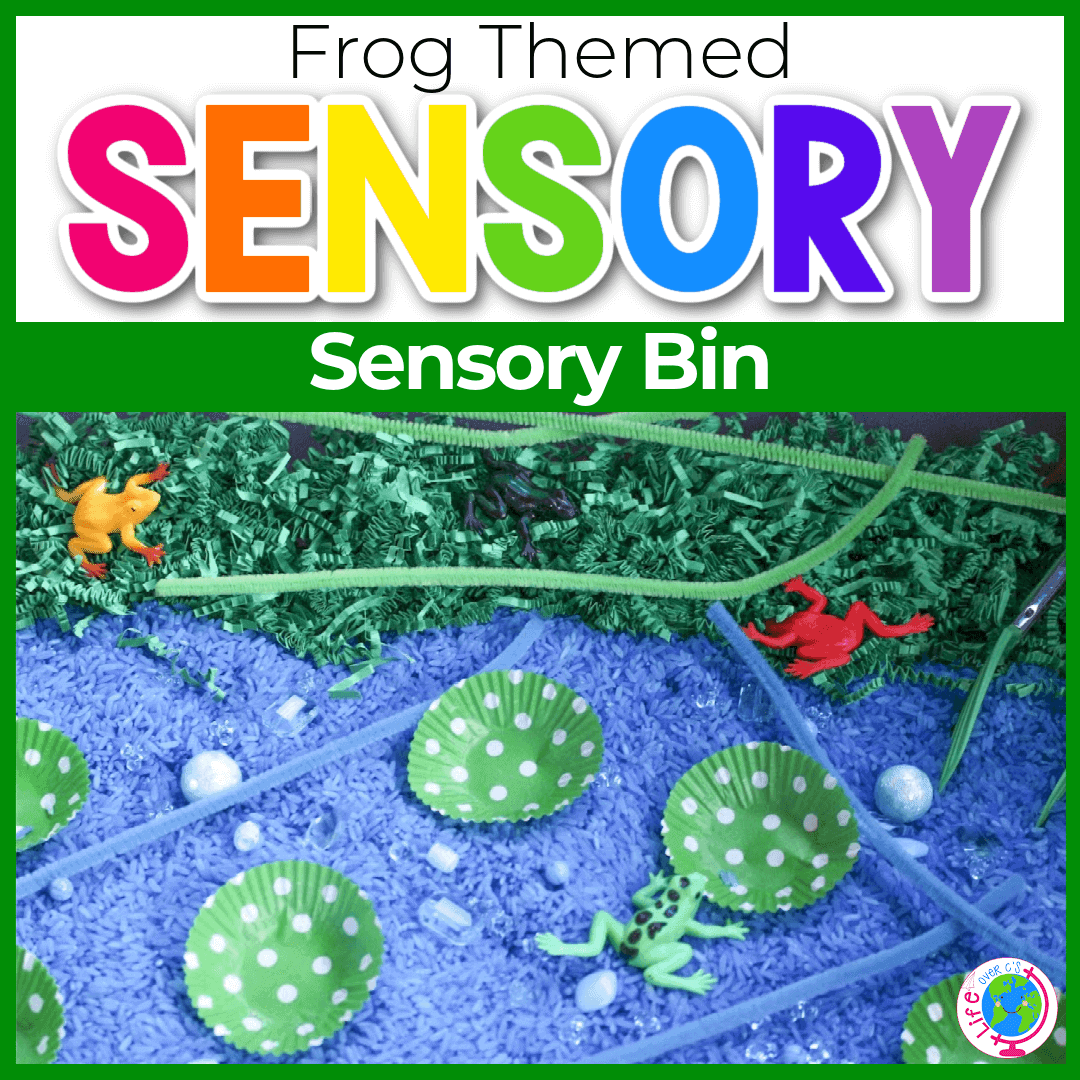
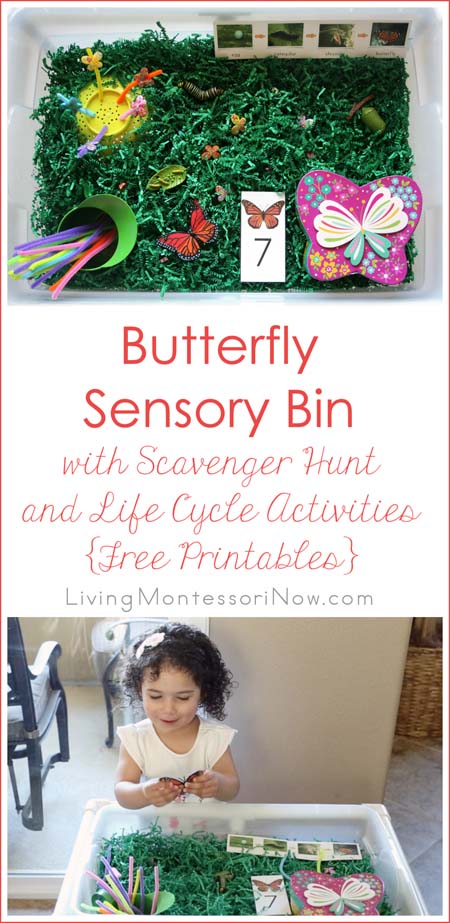
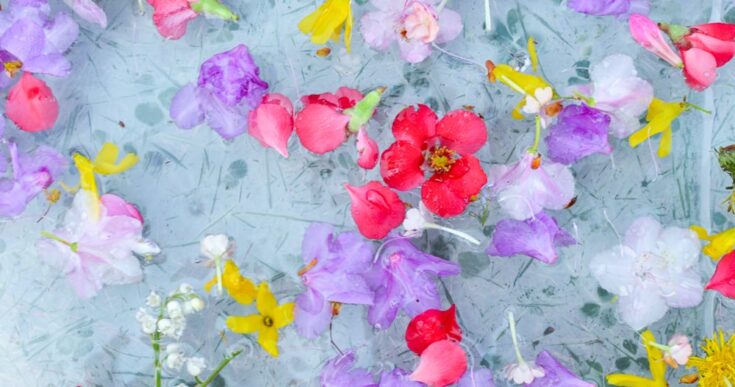
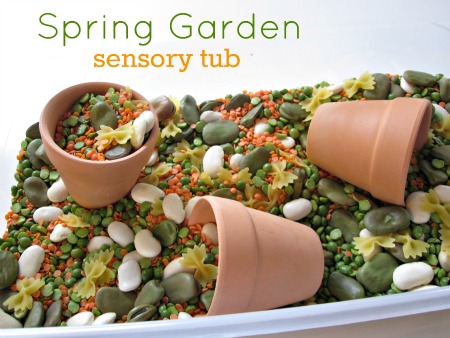
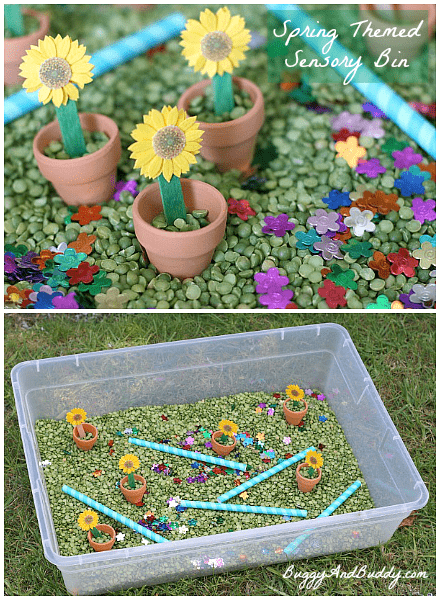
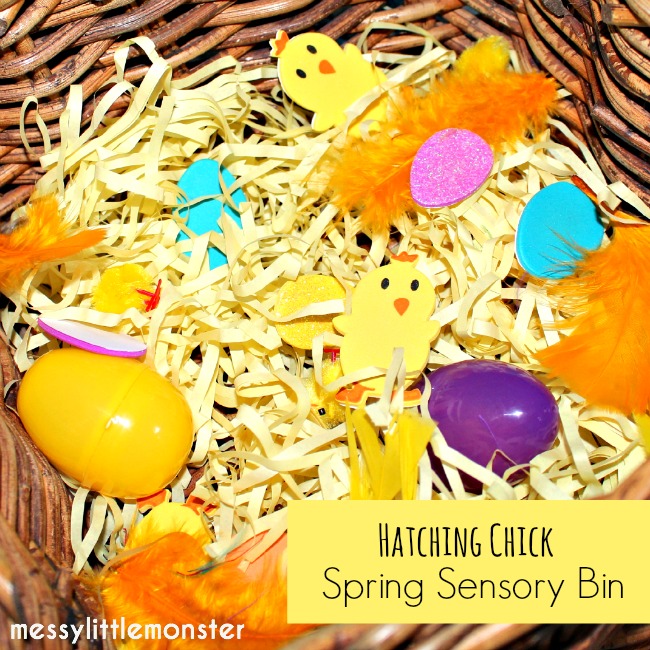
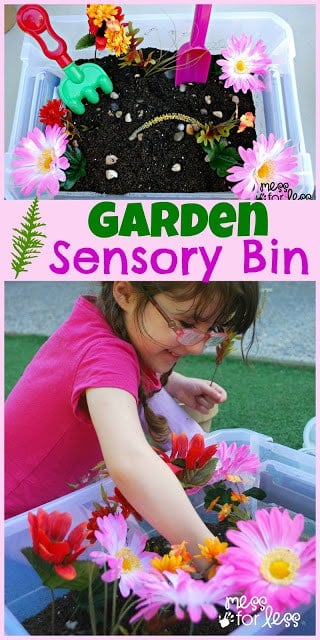
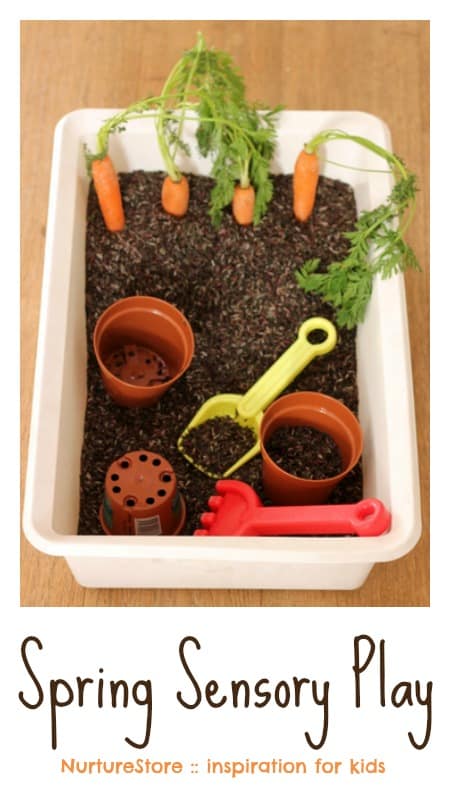
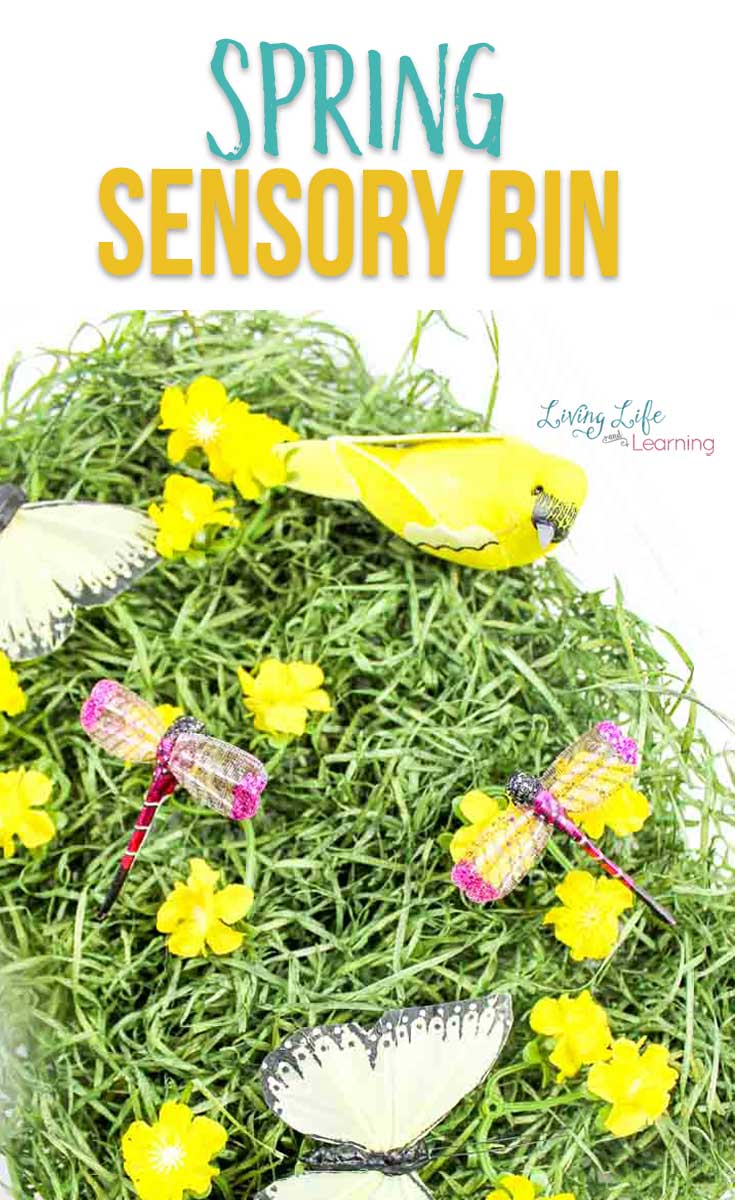
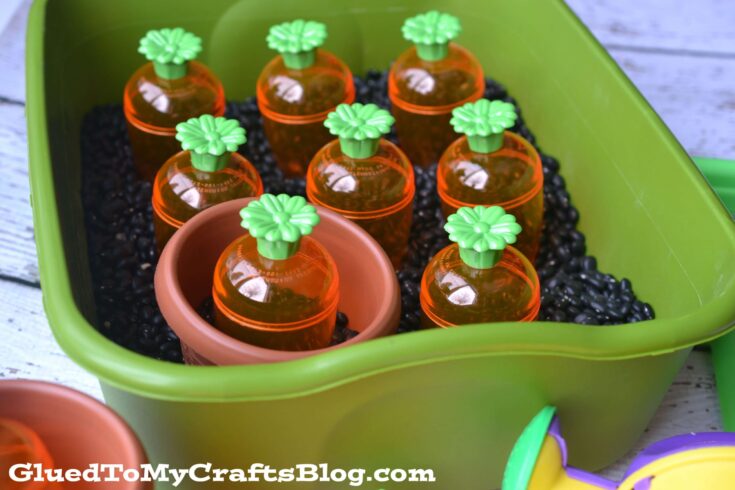
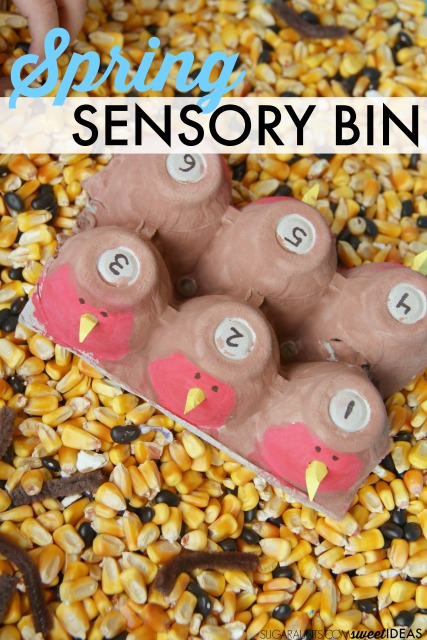
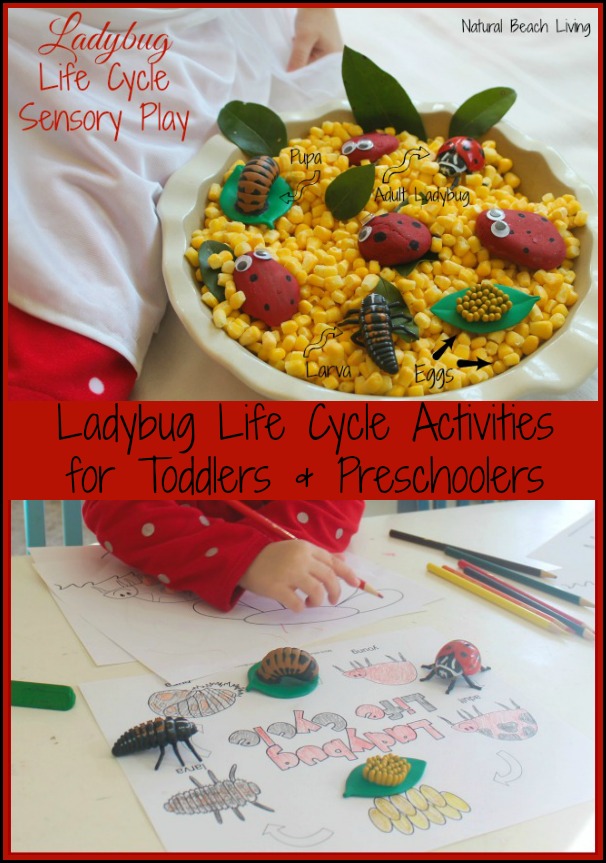
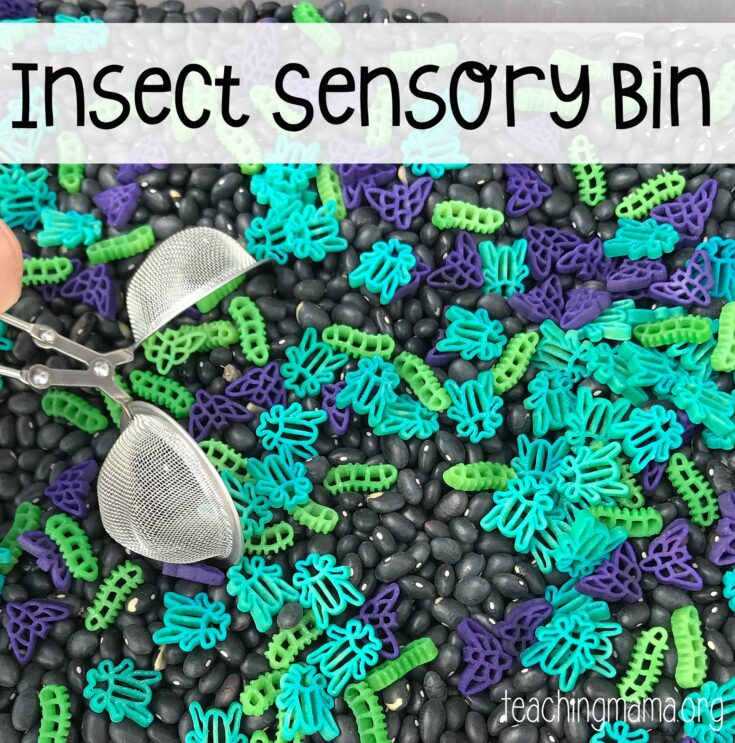
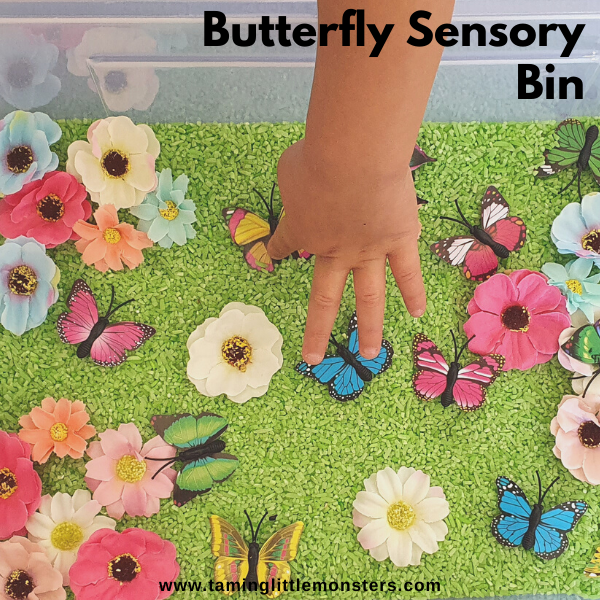
2 Comments